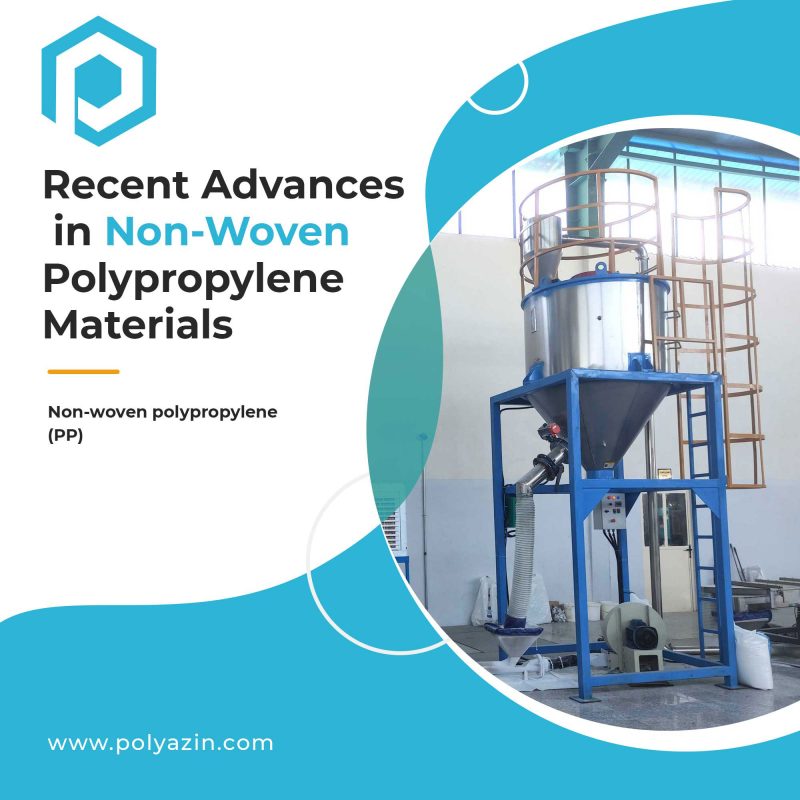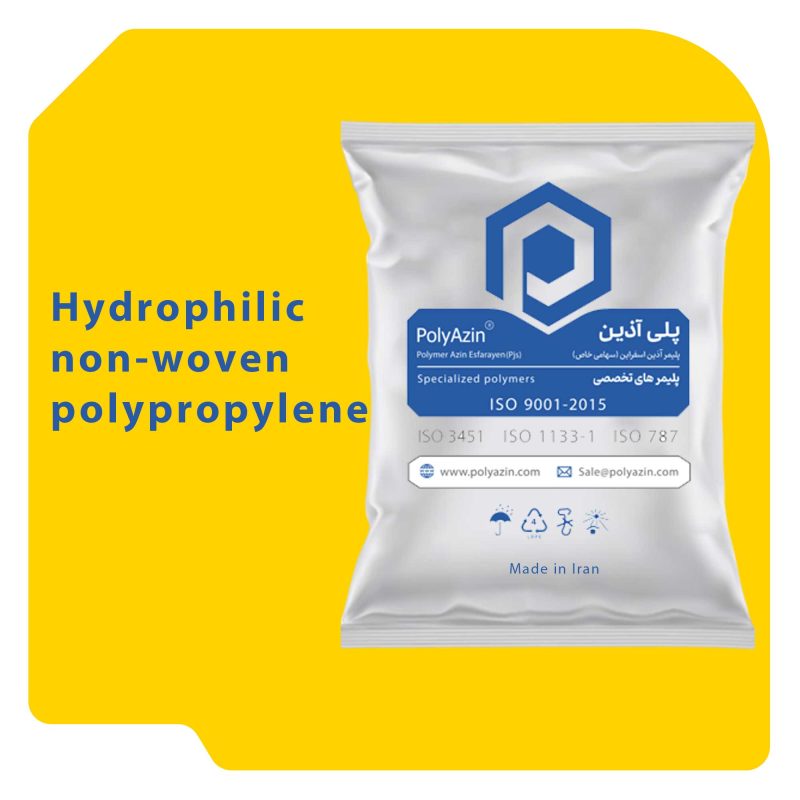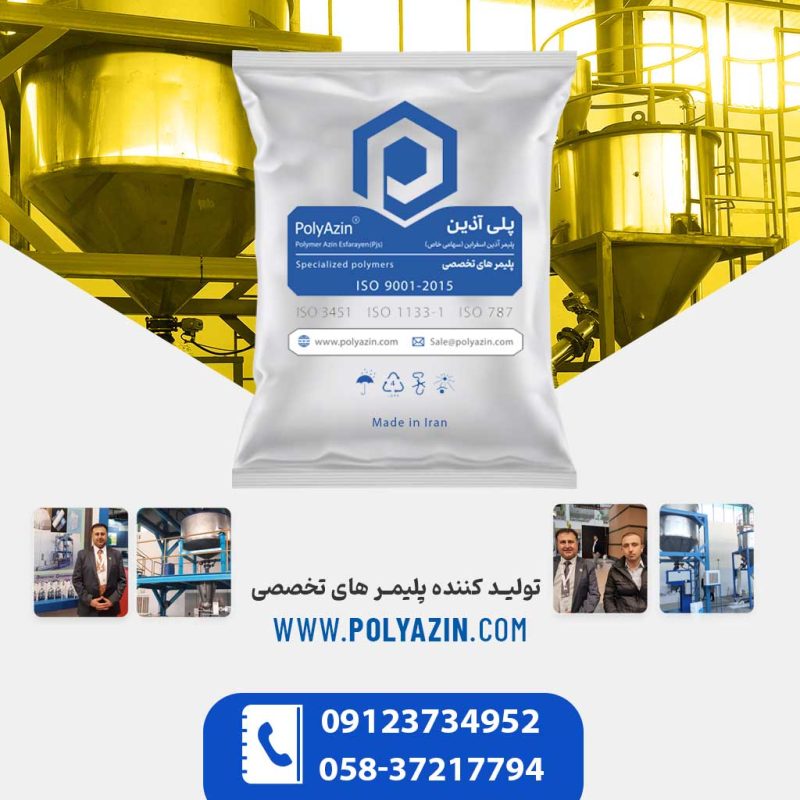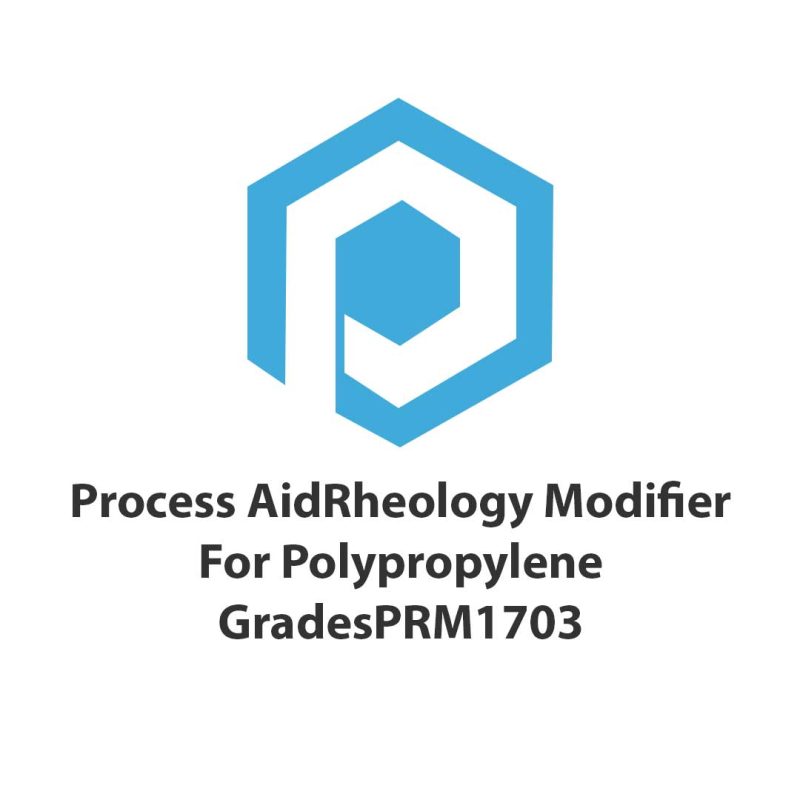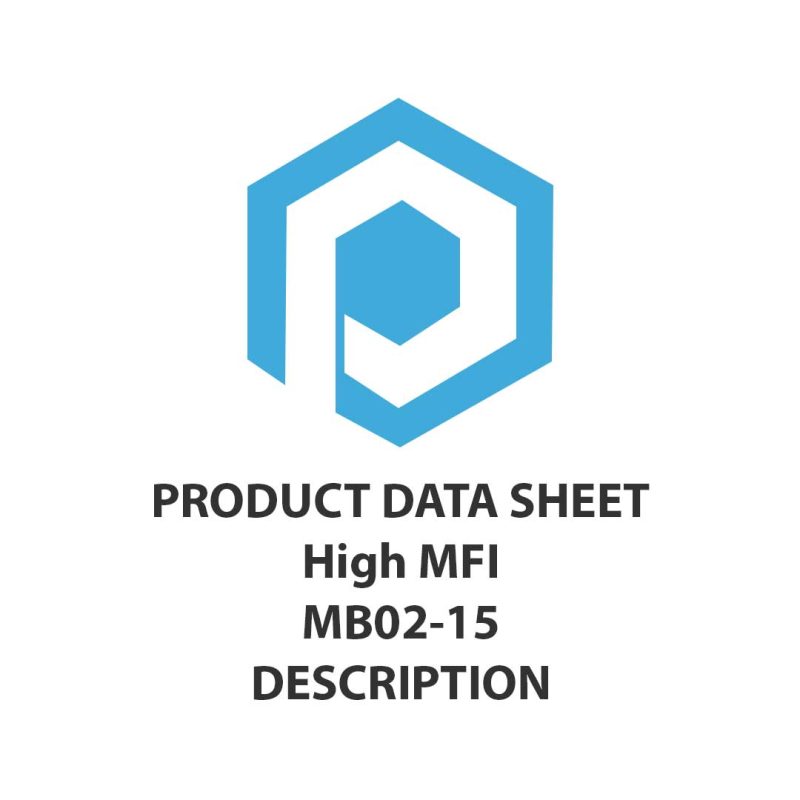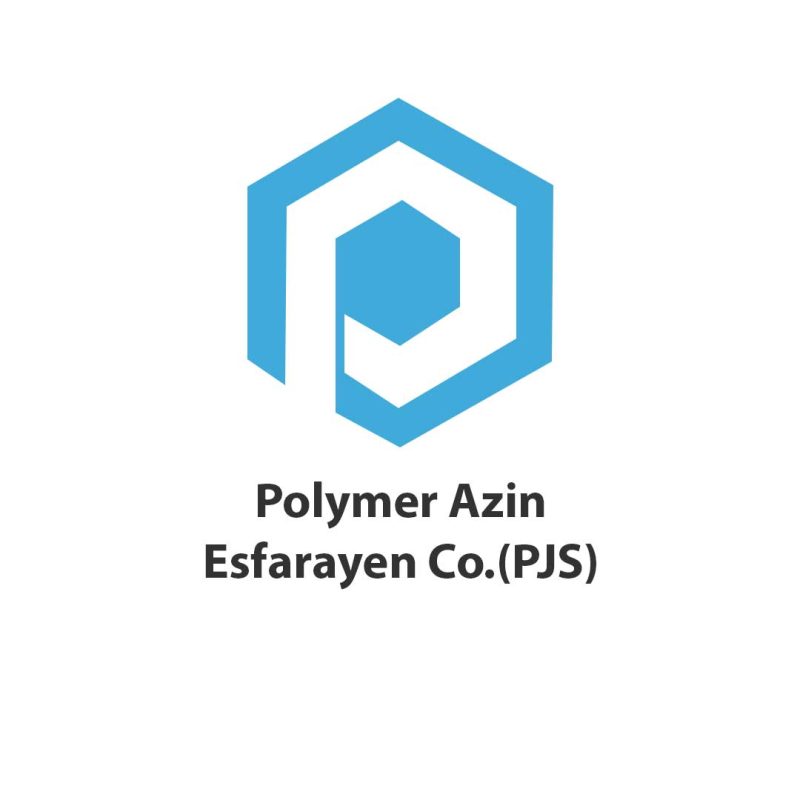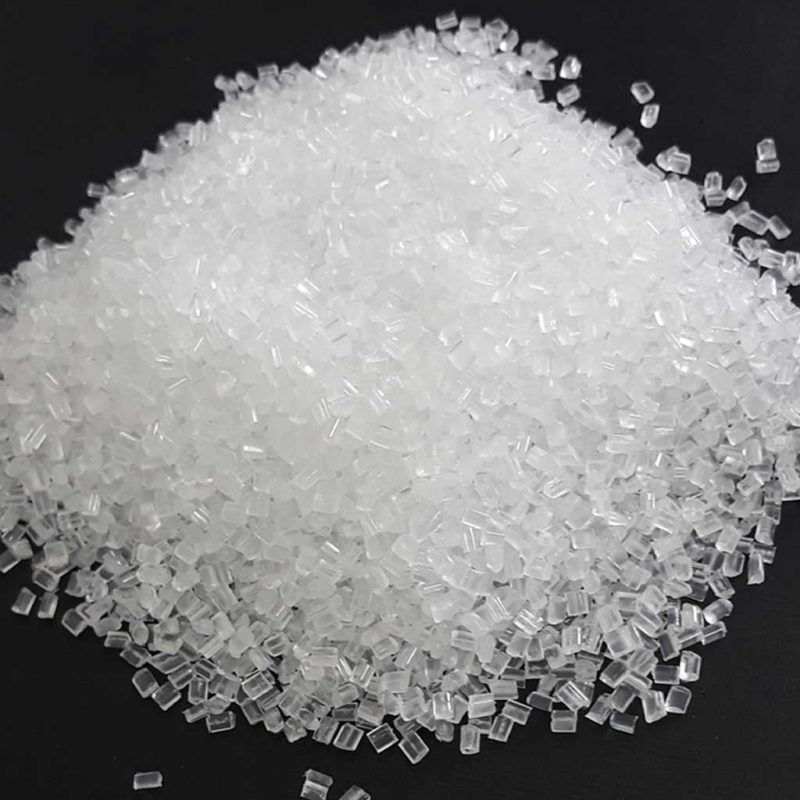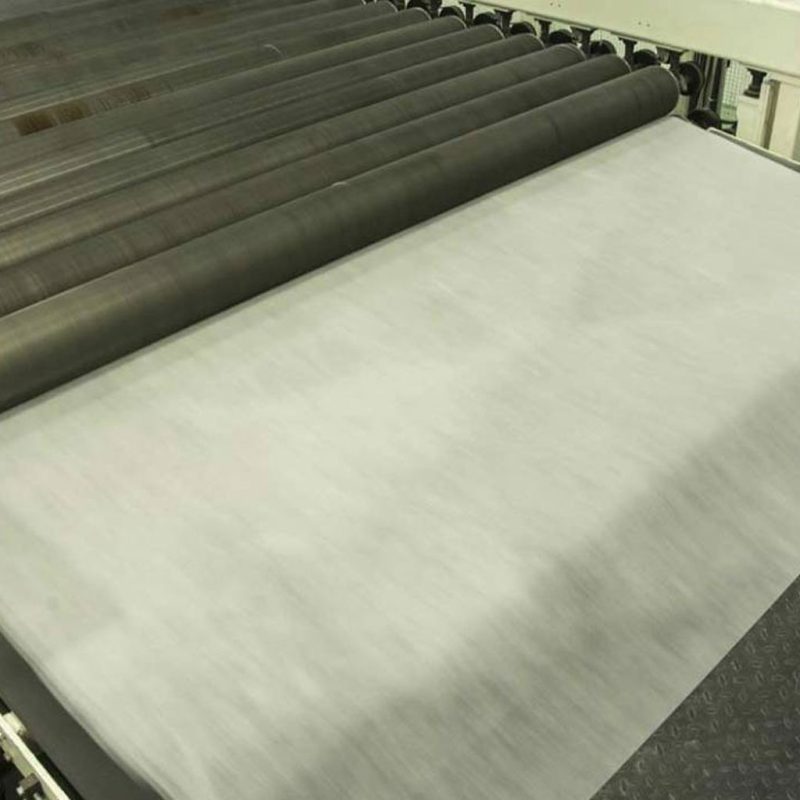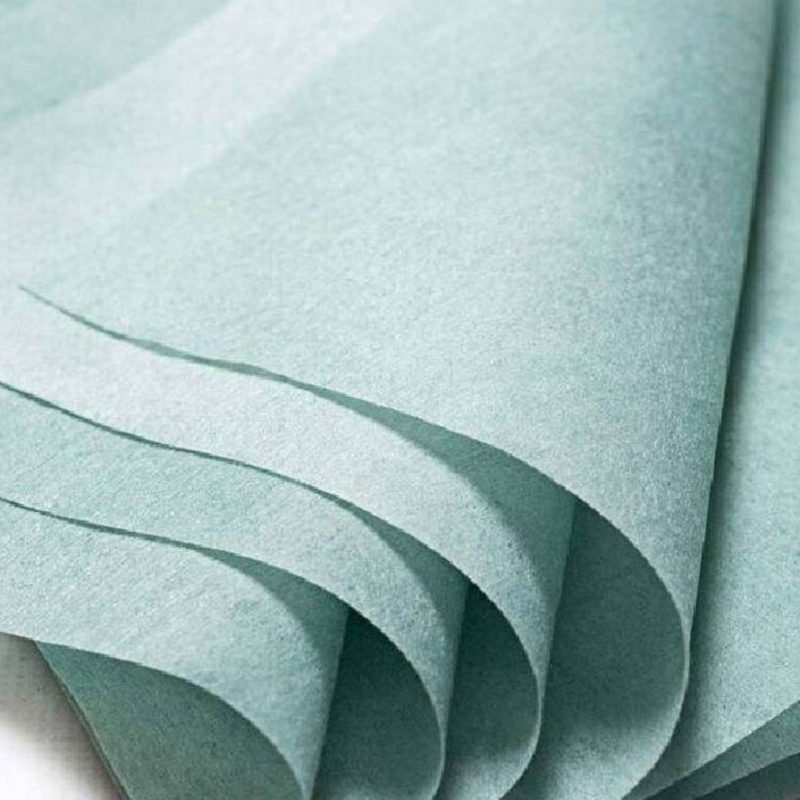Hydrophilic Non-Woven Polypropylene: Properties, Manufacturing,and Applications
Abstract:
Hydrophilic non-woven polypropylene is a type of synthetic polymer that is
treated to be water-absorbing or water-attracting . This material has unique
properties that make it ideal for use in various applications, particularly in
the medical and personal care sectors. In this article, we will explore the
properties, manufacturing techniques, and applications of hydrophilic nonwoven polypropylene.
Introduction:
Hydrophilic non-woven polypropylene is a type of non-woven material that
has been treated to attract and absorb water or other liquids.
The hydrophilic treatment improves the wettability of the material, allowing
it to quickly absorb and distribute fluids evenly throughout the material. This
property is particularly important for medical and personal care products, as
it helps to keep the skin dry and prevent the growth of bacteria and fungi.
Properties of Hydrophilic Non-Woven Polypropylene:
The properties of hydrophilic non-woven polypropylene depend on various
factors such as the manufacturing process, basis weight, and hydrophilic
treatment. The material has high absorbency and wicking capacity, which
allows it to quickly absorb and distribute fluids. It also has good flexibility,
durability, and strength, making it suitable for use in various applications.
Manufacturing Techniques:
Hydrophilic non-woven polypropylene can be manufactured using various
techniques, including melt-blown, spun-bond, and needle-punched
processes. The hydrophilic treatment is typically applied to the surface of
the material using a variety of methods, including spray coating, dip
coating, and vapor deposition. The manufacturing process and the type of
hydrophilic treatment used can affect the properties of the material, such as
the absorbency and wicking capacity.
Applications:
Hydrophilic non-woven polypropylene is widely used in the medical and
personal care sectors for the manufacture of products such as wound
dressings, diapers, feminine hygiene products, and incontinence products.
Its high absorbency and wicking capacity make it ideal for use in these
applications, as it helps to keep the skin dry and prevent the growth of
bacteria and fungi. Hydrophilic non-woven polypropylene is also used in the
production of filtration media, such as air filters and water filters, where its
water-attracting properties are useful for removing moisture from the air or
water.
Challenges and Opportunities:
One of the challenges in the development of hydrophilic non-woven
polypropylene materials is the potential release of microplastics into the
environment. Research is being conducted to understand the extent of this
issue and develop mitigation strategies. Another challenge is the
development of cost-effective and environmentally friendly hydrophilic
treatments that can be used in the manufacture of non-woven
polypropylene materials.
Conclusion:
Hydrophilic non-woven polypropylene is a versatile material that offers
unique properties and a wide range of applications in various industries,
particularly in the medical and personal care sectors. The latest scientific
findings on hydrophilic non-woven polypropylene materials have shown
that they have excellent absorbency and wicking capacity, making them
suitable for use in various products. Despite the challenges in the disposal
and potential release of microplastics, advancements in technology and
research can address these challenges and create new opportunities for
the development of advanced hydrophilic non-woven polypropylene
materials.
There are various hydrophilic treatments that can be used in the
manufacture of non-woven polypropylene materials to make them waterabsorbing or water-attracting. Here are some of the most common
hydrophilic treatments used:
1. Chemical treatment: This involves the application of a hydrophilic chemical,
such as a surfactant or a hydrophilic polymer, to the surface of the nonwoven polypropylene material. The chemical treatment can be applied
using various methods such as spray coating, dip coating, or vapor
deposition.
2. Physical treatment: This involves the modification of the surface of the nonwoven polypropylene material using physical methods such as corona
discharge, plasma treatment, or UV irradiation. These physical treatments
can create hydrophilic functional groups on the surface of the material,
making it water-attracting.
3. Blending with hydrophilic fibers: This involves blending hydrophilic fibers
such as cotton, rayon, or polyester with non-woven polypropylene fibers
during the manufacturing process. The hydrophilic fibers can improve the
absorbency and wicking capacity of the non-woven polypropylene material.
4. Electrospinning: This is a technique that involves the deposition of a
hydrophilic polymer solution onto a non-woven polypropylene substrate
using an electric field. The electrospun hydrophilic layer can improve the
water-attracting properties of the non-woven polypropylene material.
The choice of hydrophilic treatment depends on various factors such as the
desired properties of the non-woven polypropylene material, the
manufacturing process, and the intended application. The hydrophilic
treatment must be carefully selected to ensure that it is effective, durable,
and safe for the intended use.
here is some additional information about the hydrophilic treatments used in the
manufacture of non-woven polypropylene materials:
1. Chemical treatment: Chemical treatments are commonly used to modify the surface
properties of non-woven polypropylene materials. These treatments involve the
application of a hydrophilic chemical, such as a surfactant or a hydrophilic polymer,
to the surface of the material. The chemical treatment can be applied using various
methods such as spray coating, dip coating, or vapor deposition. The choice of
chemical treatment depends on the desired properties of the material and the
intended application.
2. Physical treatment: Physical treatments are another way to modify the surface
properties of non-woven polypropylene materials. These treatments involve the use
of physical methods such as corona discharge, plasma treatment, or UV irradiation
to modify the surface of the material. These treatments can create hydrophilic
functional groups on the surface of the material, making it water-attracting. Physical
treatments are often used in combination with chemical treatments to improve the
effectiveness of the hydrophilic treatment.
3. Blending with hydrophilic fibers: Blending non-woven polypropylene fibers with
hydrophilic fibers such as cotton, rayon, or polyester can improve the absorbency
and wicking capacity of the material. This can be achieved by blending hydrophilic
fibers with non-woven polypropylene fibers during the manufacturing process. The
ratio of hydrophilic fibers to non-woven polypropylene fibers can be adjusted to
achieve the desired properties of the material.
4. Electrospinning: Electrospinning is a technique that can be used to deposit
a hydrophilic polymer solution onto a non-woven polypropylene substrate using an
electric field. The electrospun hydrophilic layer can improve the water-attracting
properties of the material. This technique is often used in combination with other
hydrophilic treatments to improve the effectiveness of the treatment.
Overall, the choice of hydrophilic treatment depends on various factors such as the
desired properties of the non-woven polypropylene material, the manufacturing
process, and the intended application. The effectiveness, durability, and safety of the
hydrophilic treatment must be carefully considered to ensure that the material is
suitable for its intended use
+9809123734952 CAll Us


